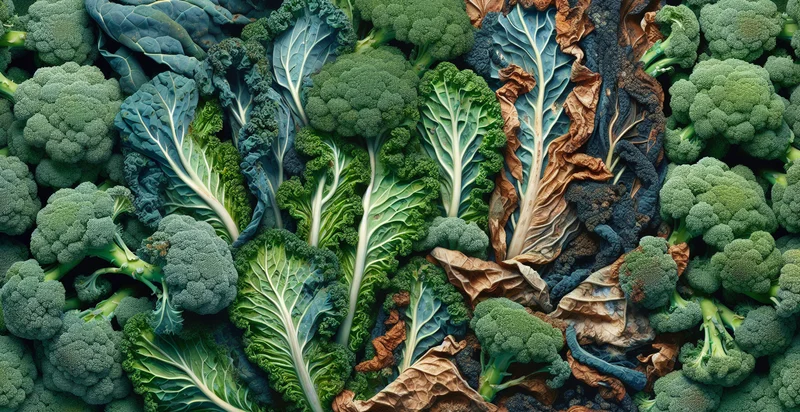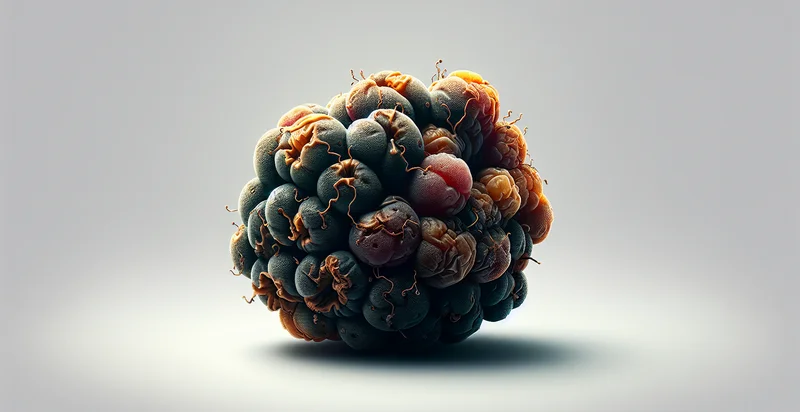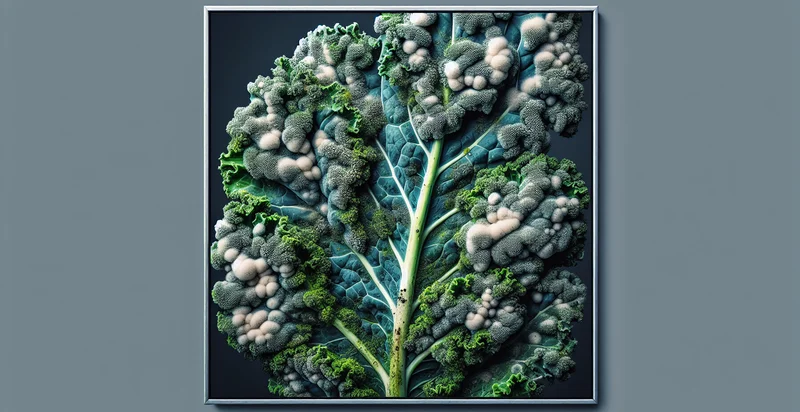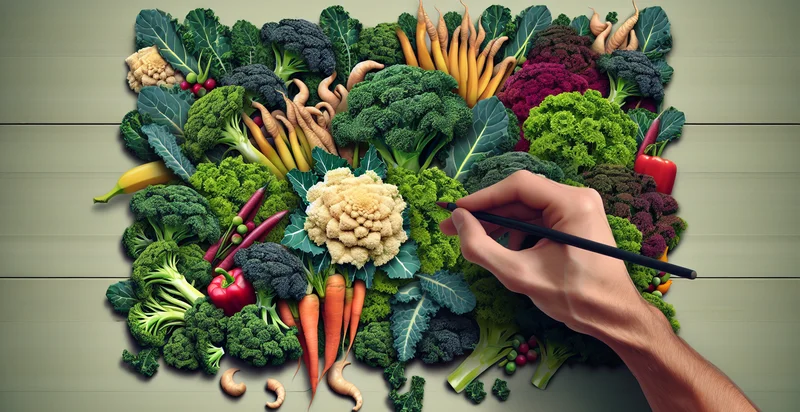Identify if kale is rotten
using AI
Below is a free classifier to identify if kale is rotten. Just upload your image, and our AI will predict if kale is rotten - in just seconds.

Contact us for API access
Or, use Nyckel to build highly-accurate custom classifiers in just minutes. No PhD required.
Get started
import nyckel
credentials = nyckel.Credentials("YOUR_CLIENT_ID", "YOUR_CLIENT_SECRET")
nyckel.invoke("if-kale-is-rotten", "your_image_url", credentials)
fetch('https://www.nyckel.com/v1/functions/if-kale-is-rotten/invoke', {
method: 'POST',
headers: {
'Authorization': 'Bearer ' + 'YOUR_BEARER_TOKEN',
'Content-Type': 'application/json',
},
body: JSON.stringify(
{"data": "your_image_url"}
)
})
.then(response => response.json())
.then(data => console.log(data));
curl -X POST \
-H "Content-Type: application/json" \
-H "Authorization: Bearer YOUR_BEARER_TOKEN" \
-d '{"data": "your_image_url"}' \
https://www.nyckel.com/v1/functions/if-kale-is-rotten/invoke
How this classifier works
To start, upload your image. Our AI tool will then predict if kale is rotten.
This pretrained image model uses a Nyckel-created dataset and has 2 labels, including Kale Is Fresh and Kale Is Rotten.
We'll also show a confidence score (the higher the number, the more confident the AI model is around if kale is rotten).
Whether you're just curious or building if kale is rotten detection into your application, we hope our classifier proves helpful.
Related Classifiers
Need to identify if kale is rotten at scale?
Get API or Zapier access to this classifier for free. It's perfect for:
- Quality Control in Agriculture: This function can be integrated into agricultural operations to automate the inspection of kale crops. By identifying rotten kale, farmers can quickly assess the quality of their produce and take necessary actions to minimize losses.
- Retail Shelf Management: Grocery stores can utilize this classifier to evaluate the freshness of kale on store shelves. By detecting rotten kale, retailers can ensure only fresh produce is available to customers, enhancing customer satisfaction and reducing waste.
- Food Waste Reduction Programs: Organizations focused on sustainable food practices can deploy this identifier to monitor and reduce food waste. By accurately identifying rotten kale, initiatives can redirect unspoiled produce to food banks or composting facilities.
- Supply Chain Optimization: Distributors can implement this function to assess the quality of kale during transport. Identifying rotten products before they reach retailers can help streamline the supply chain, ensuring only quality goods are delivered and reducing returns.
- Consumer Mobile App: A mobile application could use this classifier to help consumers check the freshness of kale before purchase or consumption. By scanning a kale item, users can receive immediate feedback on its condition, promoting safe food practices.
- Automated Sorting in Food Processing: Food processing plants can integrate this identifier into their sorting systems to automatically separate rotten kale from fresh batches. This automation enhances processing efficiency and maintains high-quality standards in packaged products.
- Research and Development: Agricultural researchers can use this function to study decay patterns in kale and improve post-harvest handling techniques. By analyzing data on when and how decay occurs, researchers can develop better storage solutions and prolong the freshness of kale.


